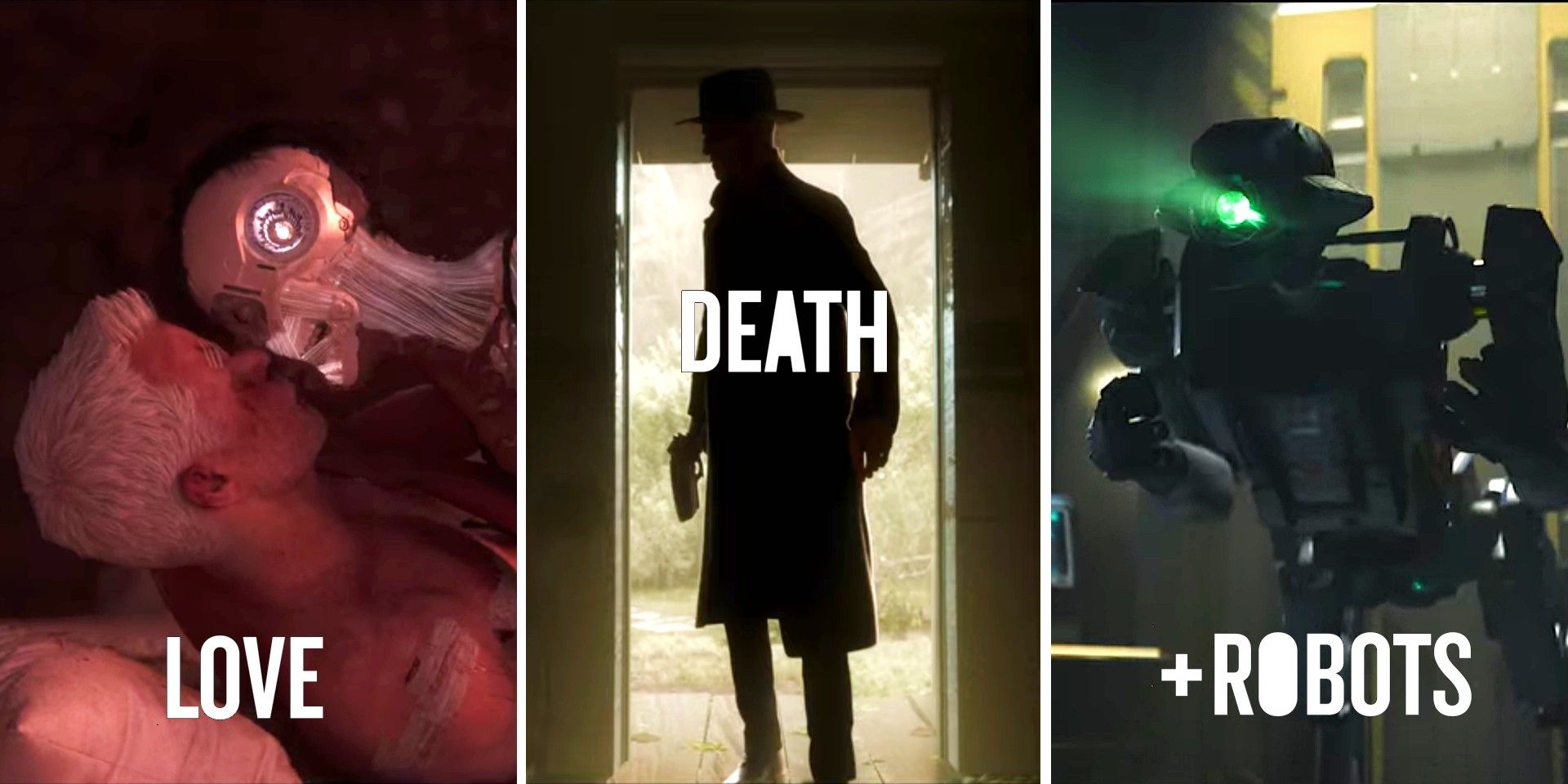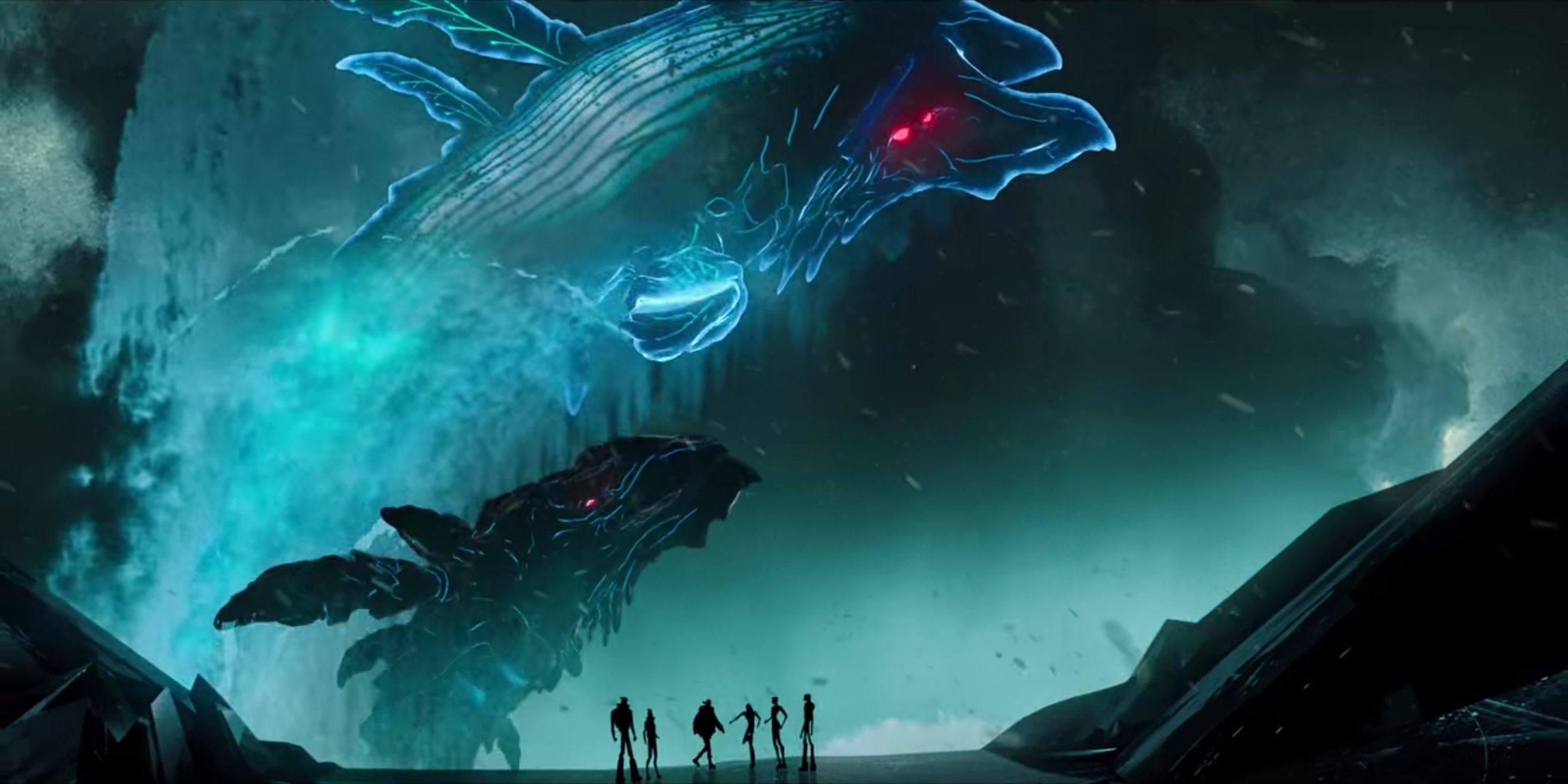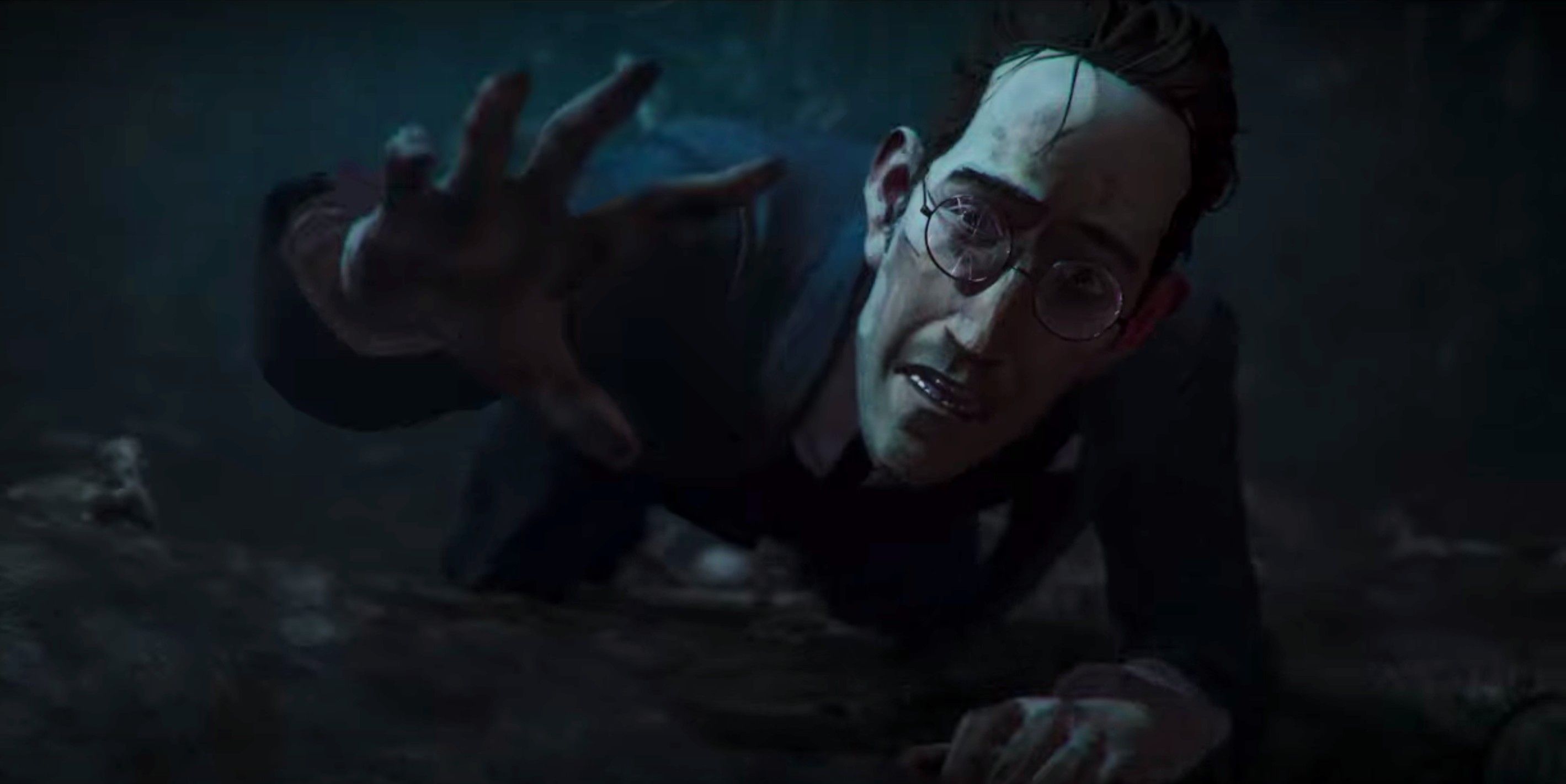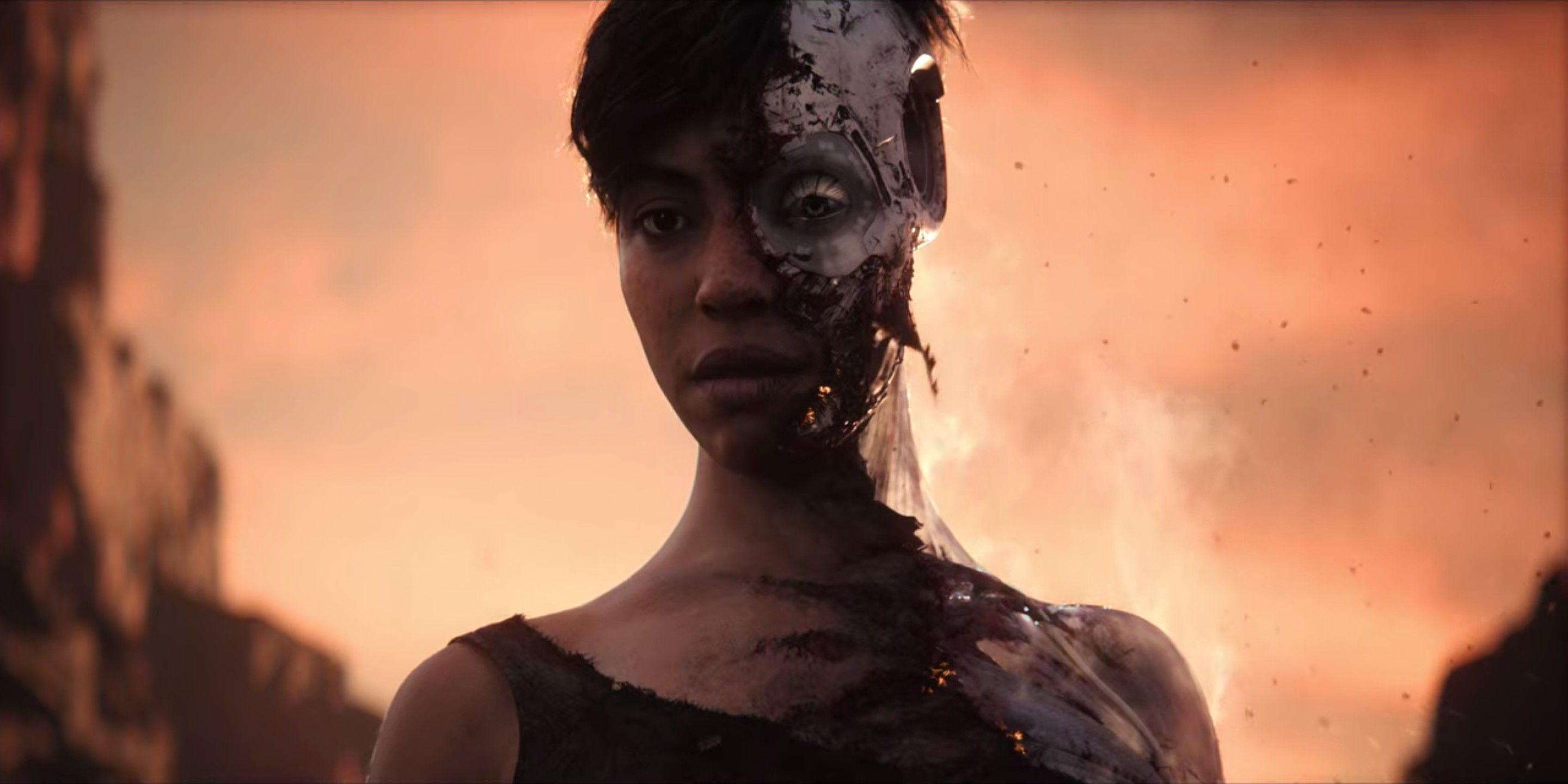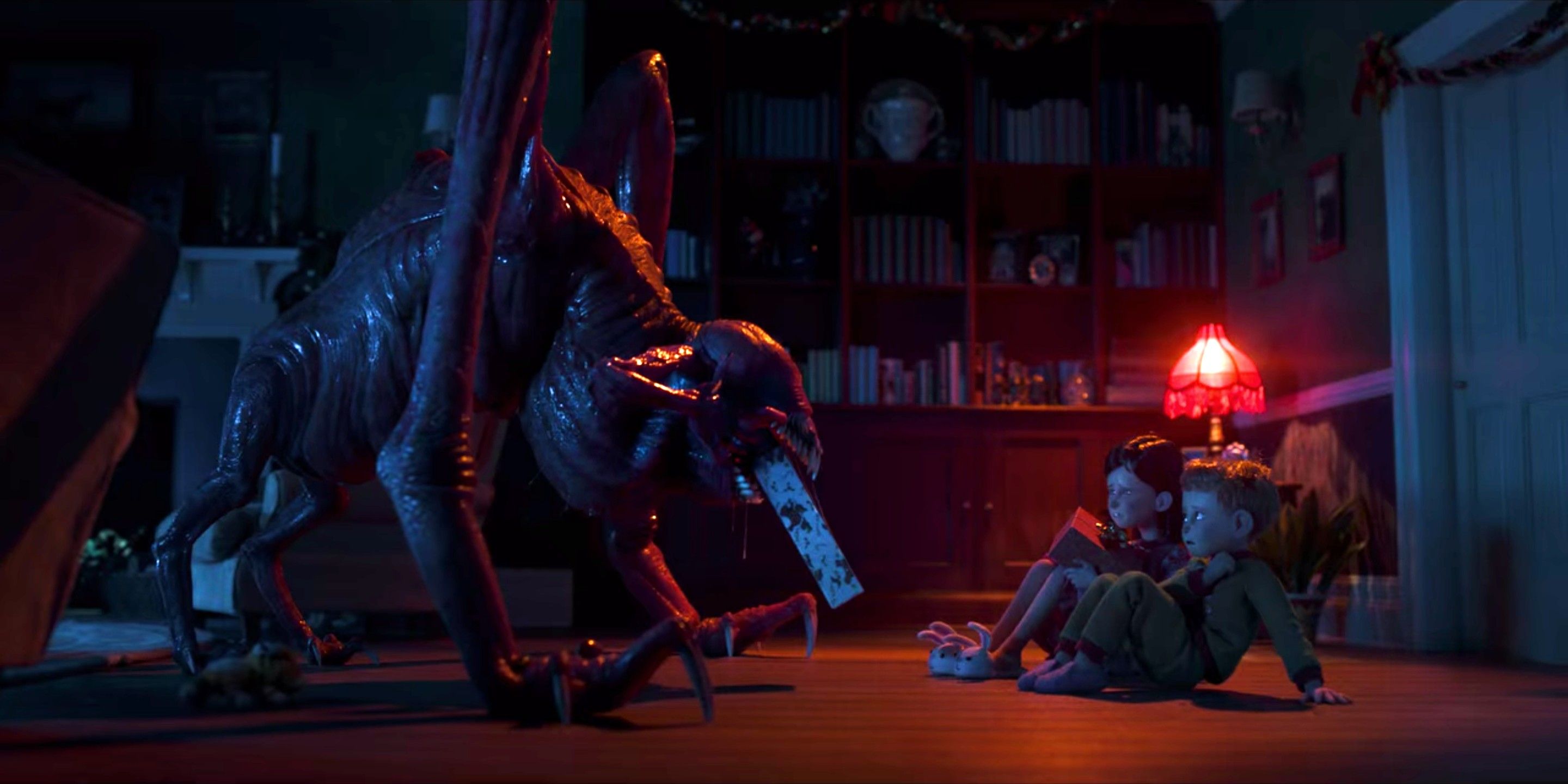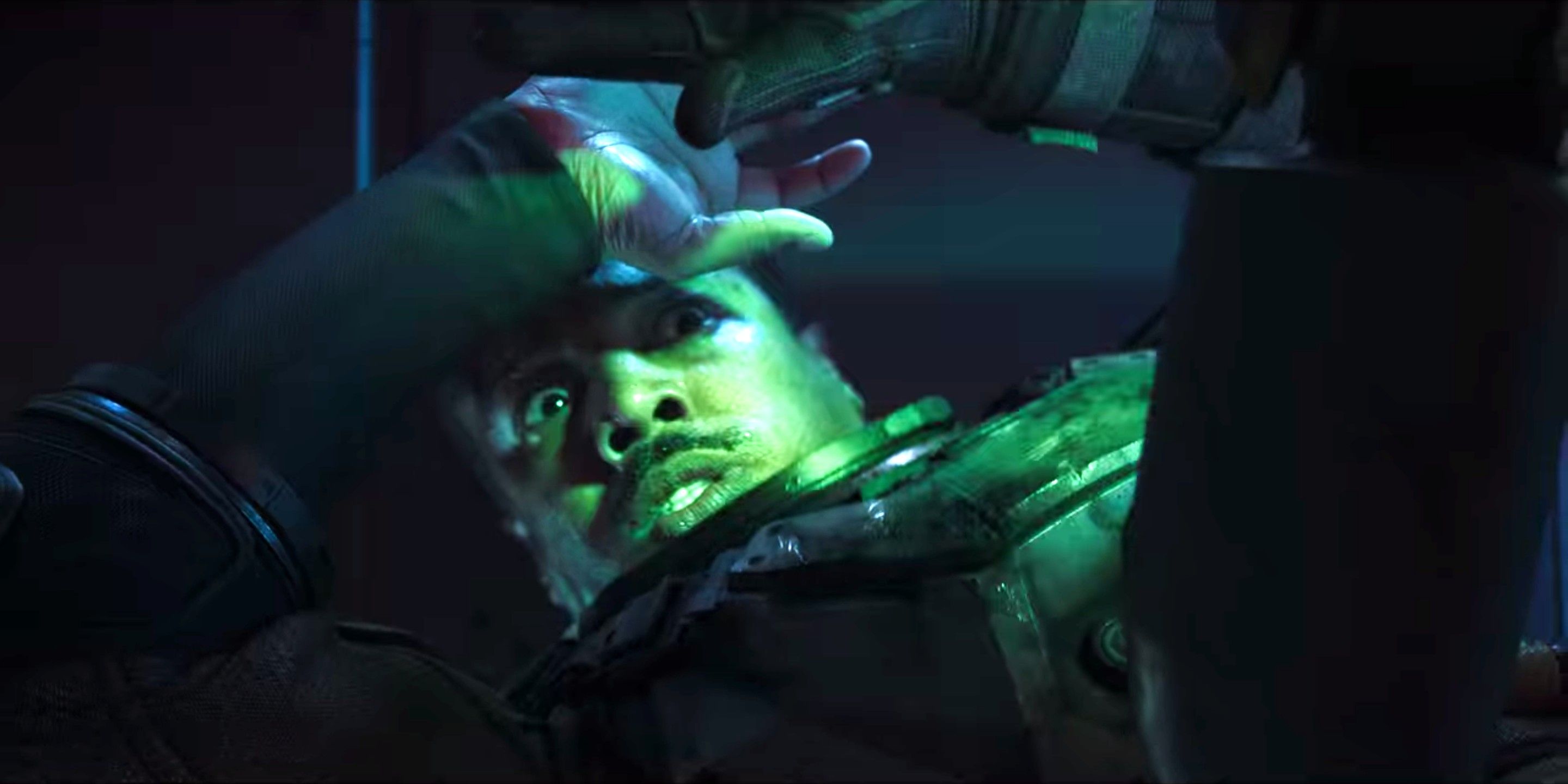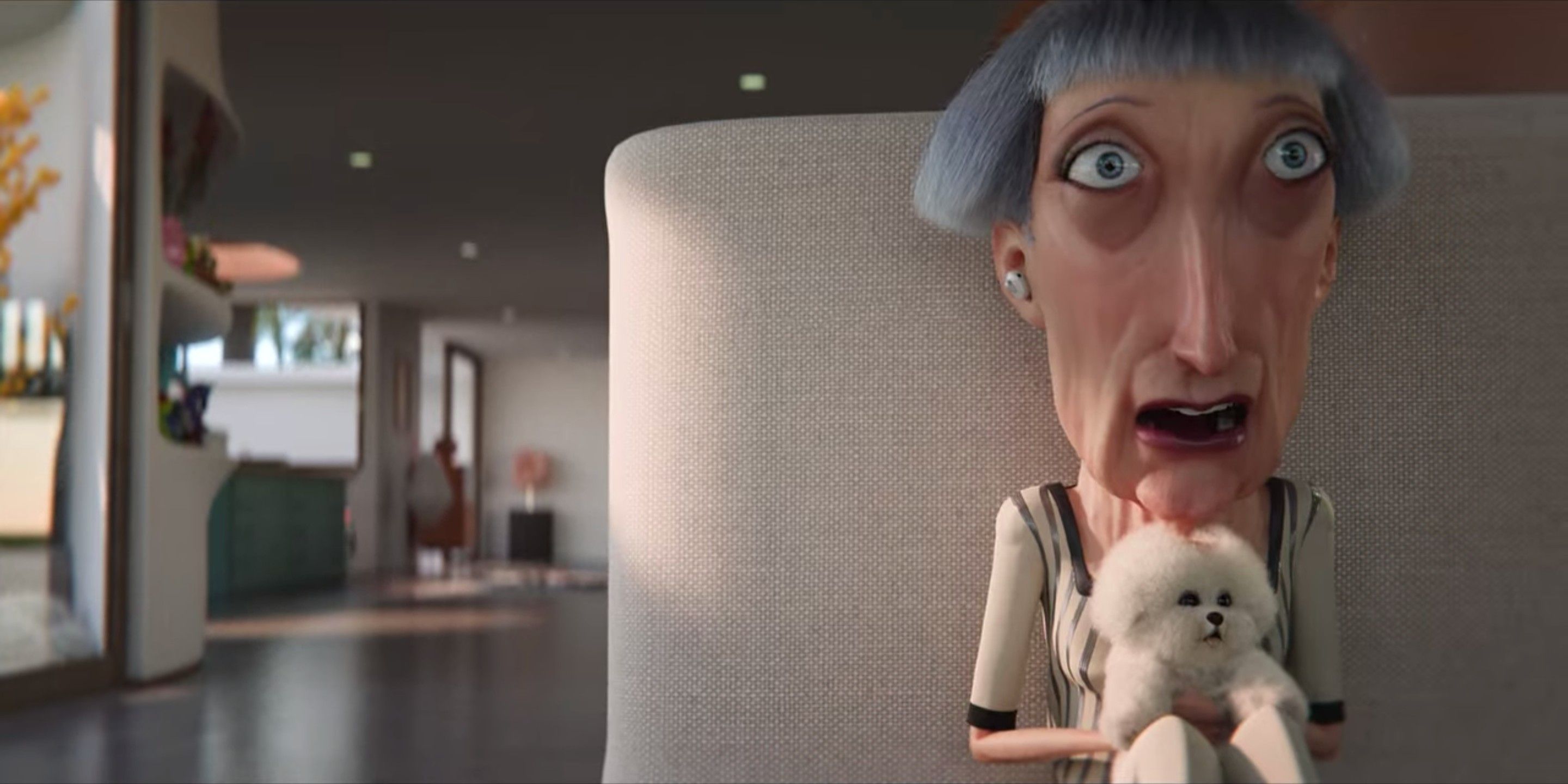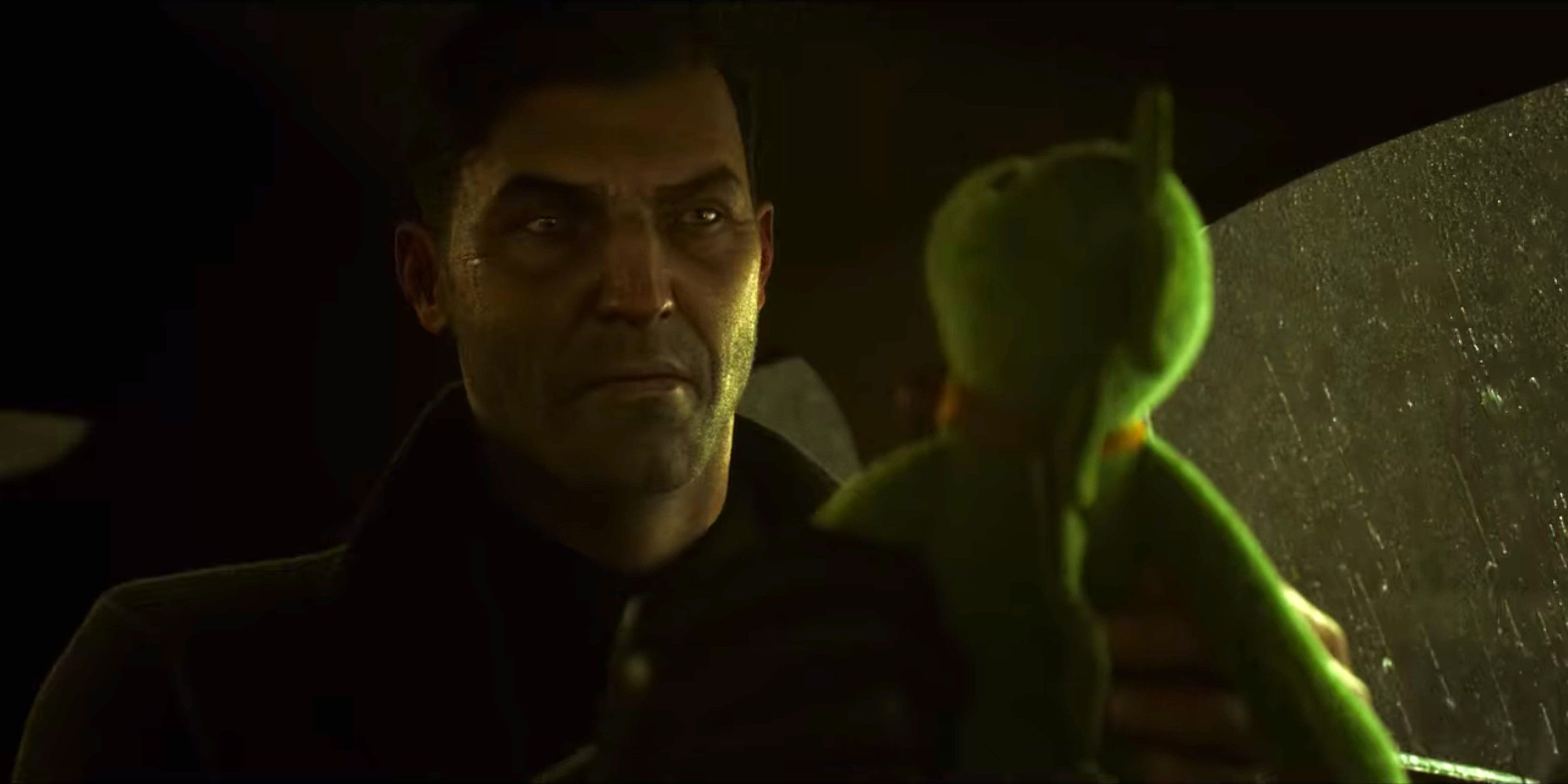From a "pop squad" of child assassins to a giant drowning victim, the eight episodes of Love, Death & Robots season 2 offered a diverse range of sci-fi stories; here they are, ranked from worst to best. The animated anthology, created by Tim Miller and David Fincher, highlights the work of artists from around the world in a series of thought-provoking shorts. Each six- to 17-minute episode tackles a different aspect of science fiction.
Love, Death & Robots season 1 made a splash when it premiered on Netflix in 2019, shocking audiences with its cutting-edge animation and unabashed inclusion of adult content. In contrast, season 2 has drawn some criticism from fans who say the series has lost its edge by toning down the violence and sex that characterized season 1. While some viewers are pleased with the PG-13 content, many more are disappointed that the series hasn't stuck to its "animation for adults" ethos. Love, Death & Robots season 2 was also shorter, drawing some disapproval. At 18 episodes, the original season was more than double the length of season 2, offering a wider range of animation styles and stories.
Love, Death & Robots season 2 may be concise, but it remains faithful to the show's original concept. Each animated short presents a different artistic style, some traditional and some experimental. The stories, based on written works, all include elements of science fiction, some well-worn, and some novel. And, like season 1, the episodes of season 2 vary in quality.
The Drowned Giant
At 14 minutes, Tim Miller's "The Drowned Giant" is 13 minutes too long, especially for an animated short where nothing actually happens. Although there is stunning attention to detail in the animation of the giant who's washed ashore, Miller fails to take advantage of television's visual format. Instead, he uses animation like a series of images in a picture book, to add context to the lengthy narration. "The Drowned Giant" gives audiences an extreme close-up look at life and death, but there's nothing overly unique or interesting about the visuals. With no action, the short is simply a meandering mediation on mortality. Although the scientist is fascinated, viewers are free to wander off.
Ice
Robert Valley's unconventional animation remains riveting in his season 2 episode, "Ice," but the story it illustrates is a run-of-the-mill adventure with a predictable ending. The 13-minute short follows teenage malcontent Sedgewick as he attempts to fit in with a crowd of superhuman kids, including his younger brother. After surviving a dangerous rite of passage, Sedgwick earns their respect. The story, centering around familial relationships and social norms, could be set almost anywhere. Its science-fiction elements — the ice-covered planet, frost whales, and human "modifications" — are hardly explored. Despite the short's sharp edges and vivid colors, it literally pales in comparison to Love, Death & Robots season 1, episode 14, "Zima Blue," which pushes Valley's animation style to its limits and explores the nature of humanity and art.
The Tall Grass
With the best line coming right before the credits, "The Tall Grass" feels more like the prelude to a bigger adventure than a complete story in and of itself. Simon Otto takes his time with the first eight minutes of the short, slowing the pace to build suspense, only to pack a mountain of exposition into the last minute. Rather than tying up the story with a bow, the final 60 seconds introduce an entirely new narrative for the audience to unwrap. "The Tall Grass" is redeemed in part by Otto's distinctive animation, which gives his characters a chiseled, wooden look. The story also takes a deep dive into the conflict between urban and rural, turning a natural setting into a horrific murder scene. Unfortunately, the short's speculative ending overshadows its earlier action.
Snow in the Desert
"Snow in the Desert," while epic, is handicapped by its scope. The 18-minute short feels disjointed at times, with the blossoming romance between survivalist Snow and the mysterious Hirald interrupted by firefights and exposition. The beauty of the desert landscape is undercut by flashes of a bustling alien market that the audience never gets to fully explore. The peak of the short is its perfectly executed twist, where Hirald is revealed to be an immortal cyborg. The emotional rollercoaster of Hirald's apparent death followed by her reunion with Snow is well-written and keeps the audience thinking about the nature of immortality as the credits roll. At other times, however, the short feels like it's trying to do too much.
All Through the House
"All Through the House" turns the Christmas tradition of sneaking downstairs to catch a glimpse of Santa Claus on Christmas Eve into a surreal nightmare. The tightly-written seven-minute short puts a clever spin on the magic of Santa, asking what the mythical figure would be like if he was truly equipped to dole out punishment to bad girls and boys. "Be good or else," is a common epithet around the holidays. In this short, that threat becomes way too real for the characters.
The horrifying creature that emerges from behind the Christmas tree is lovingly animated by Elliot Dear, who emulates the rigid stop-motion of TV specials like Rudolph the Red-Nosed Reindeer. Surprisingly, instead of slaughtering the family's two children, Leah and Billy, the creature regurgitates perfectly wrapped presents. While the ending is a little heavy-handed, with Leah questioning the consequences for bad children, no moments are wasted. Every frame of animation in this short contributes to a story that is, at times, scary, funny, and bizarre.
Life Hutch
Despite being set on a far-away planet amid an intergalactic war, Alex Beaty's hyper-realistic "Life Hutch" still manages to feel relatable. For an audience used to technological mishaps, it's easy to imagine a future where the dangers of technology arise from malfunction rather than perfection. In "Life Hutch," a simple quest for shelter turns deadly when a glitchy maintenance robot starts attacking anything that moves. Trapped with the robot, an intergalactic pilot (Michael B. Jordan) is engaged in an unexpected battle to the death.
The 14-minute short is a fascinating glimpse into the fight for survival, heightened by the uncensored violence/gore of the pilot's injuries. The pilot's struggle to avoid detection in the claustrophobic "life hutch" evokes the terror of A Quiet Place, where survival depends on a person's ability to suppress pain. The story is also told from an unusual perspective, that of a grounded pilot, giving a narrative about the perils of space travel a fresh spin.
Automated Customer Service
The trademark humor of Love, Death & Robots is captured only once in season 2, during the 13-minute short "Automated Customer Service." The story of a robot vacuum cleaner attacking an elderly retiree and her dog is a refreshing take on the classic sci-fi motif about the dangers of a high-tech society. There are several laugh-out-loud moments as the retiree, Jeanette, struggles to get reliable help from an automated customer service phone line (which ultimately condemns her to death). In a community that relies entirely on computers, Jeanette's perilous situation is worsened by her isolation from other human beings. The short ends with a heartwarming connection between Jeanette and her neighbor, who helps rescue her, prompting thought about the social consequences of technology.
Pop Squad
Keeping audiences interested in a story with a complex background is a challenge, especially in less than 20 minutes, but "Pop Squad" makes the balancing act look effortless. In the first few seconds, the animated short thrusts viewers into a world where having children is a crime and any youngsters found are summarily executed. The short keeps exposition to a minimum, relying on dialogue and visual context clues to show how "breeders" are prosecuted and the rest of humanity lives with immortality.
The short's carefully crafted lines speak volumes about each character, bringing their inner emotions and philosophies to light. In contrast, the mostly silent Detective Briggs acts as a proxy for the audience, bringing viewers along on his existential journey. With sympathetic characters, elegant symbolism, and an ending that makes viewers think, "Pop Squad" is a flawless example of how modern science fiction should be done. The short is the pinnacle of Love, Death & Robots season 2, taking a deep dive into the moral conflicts that arise in a dystopian society.

